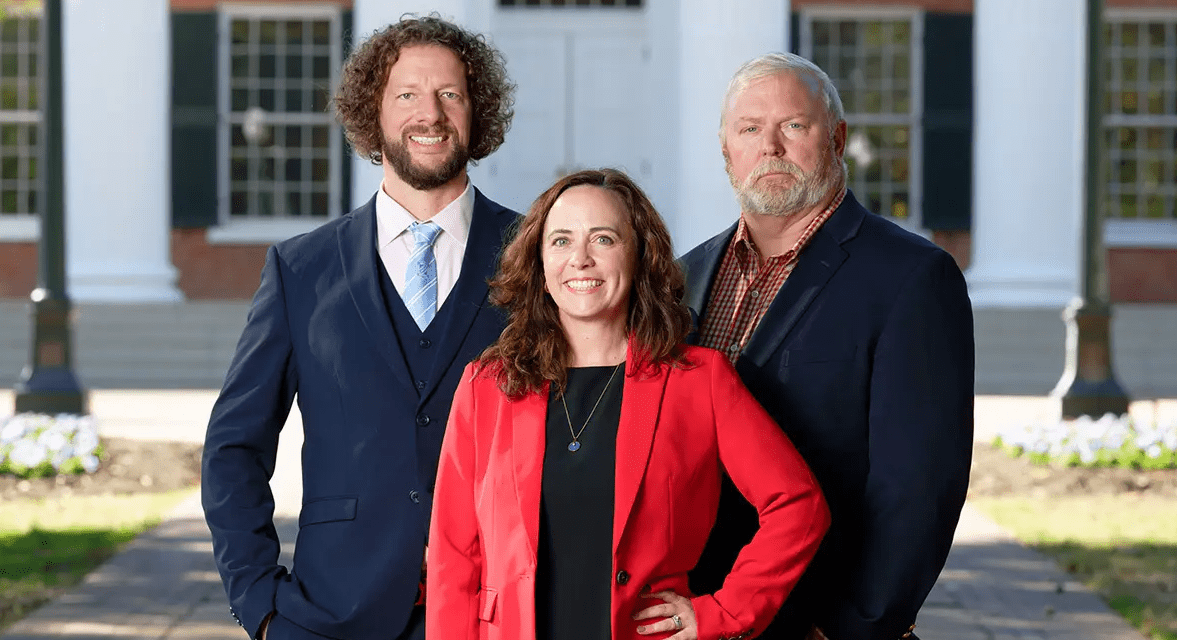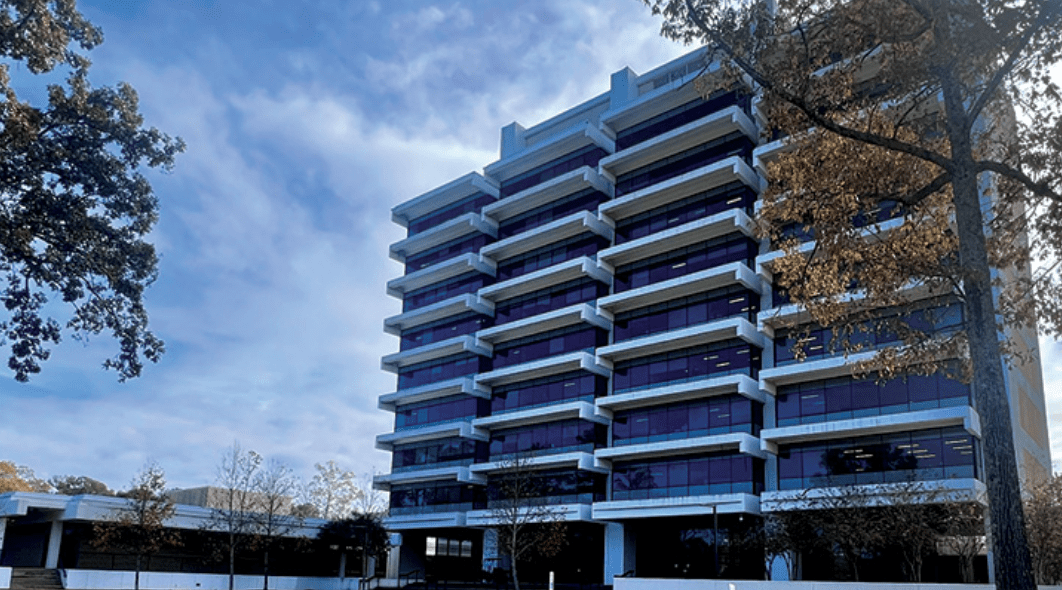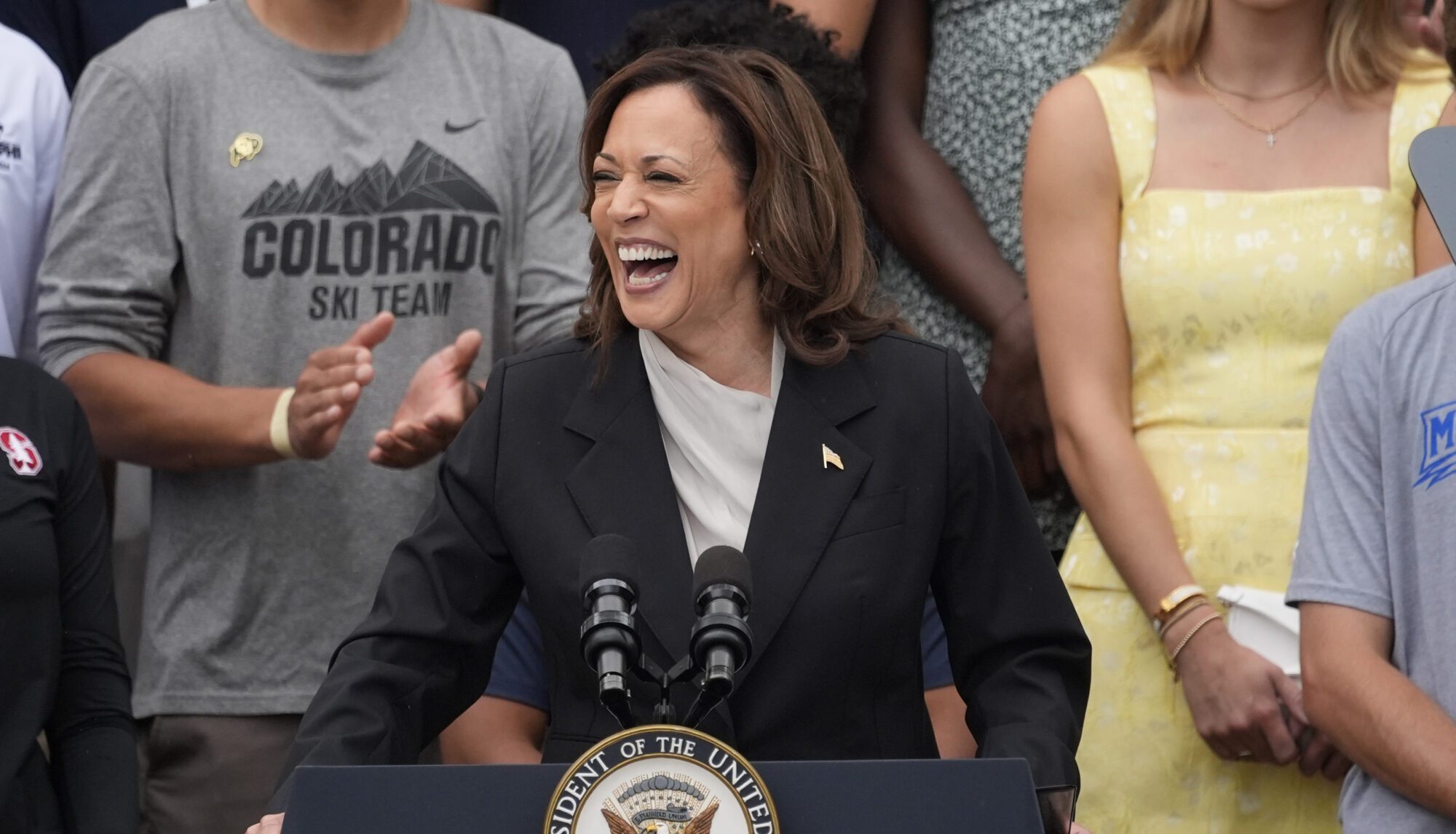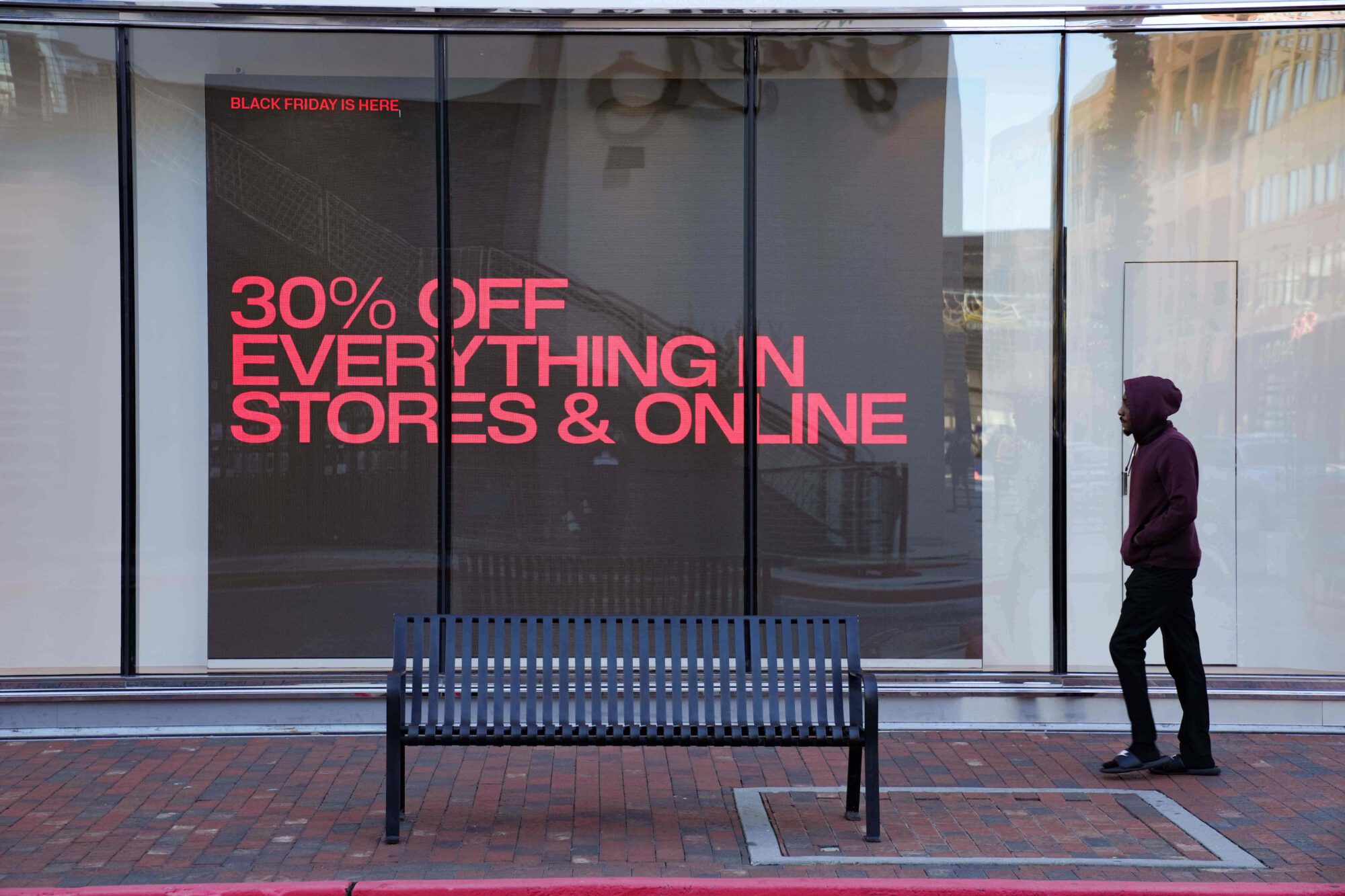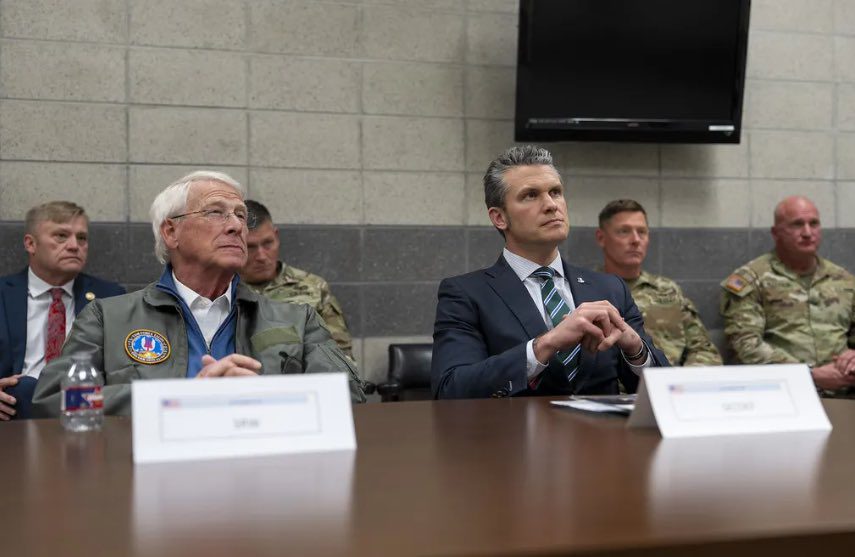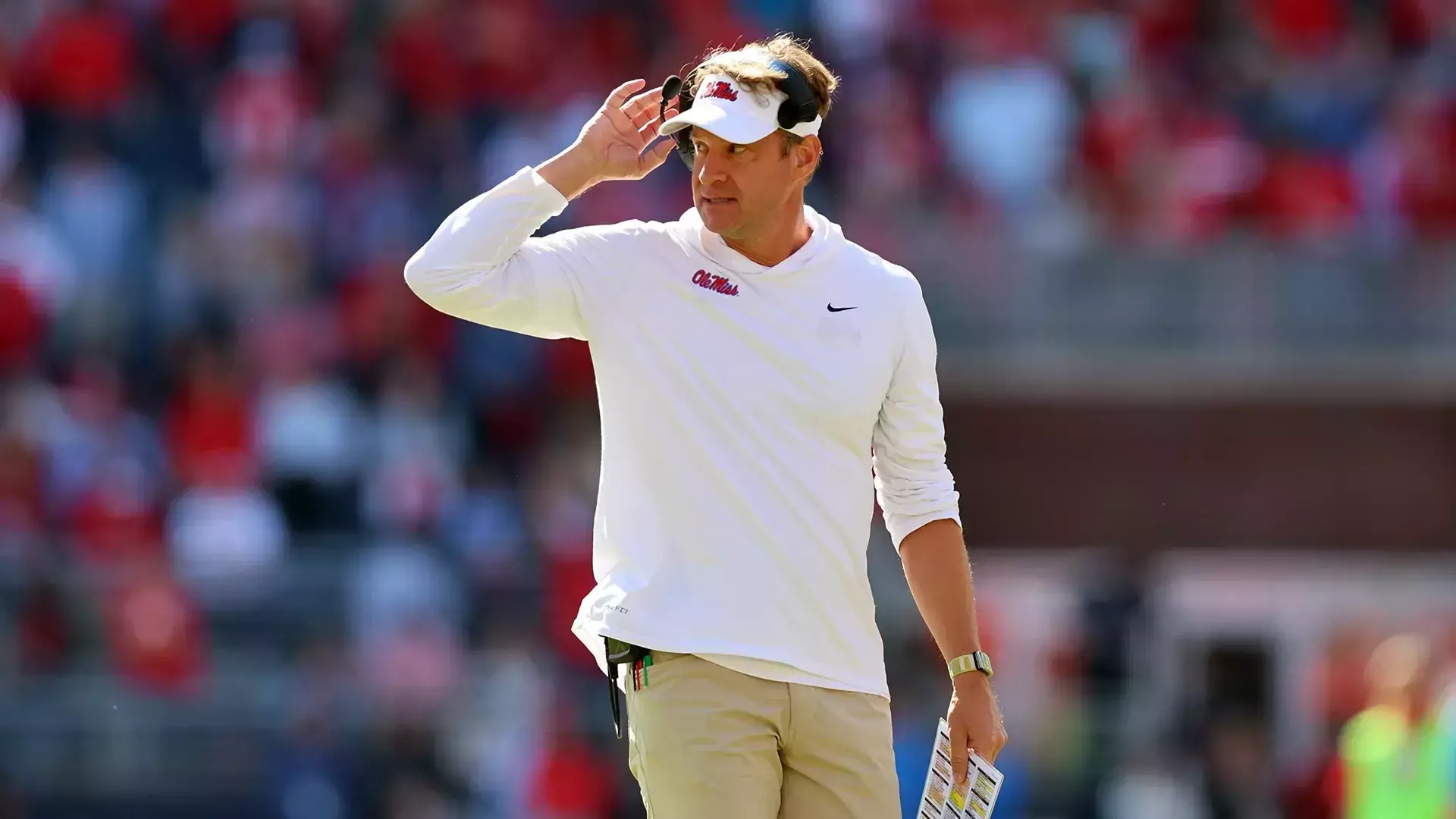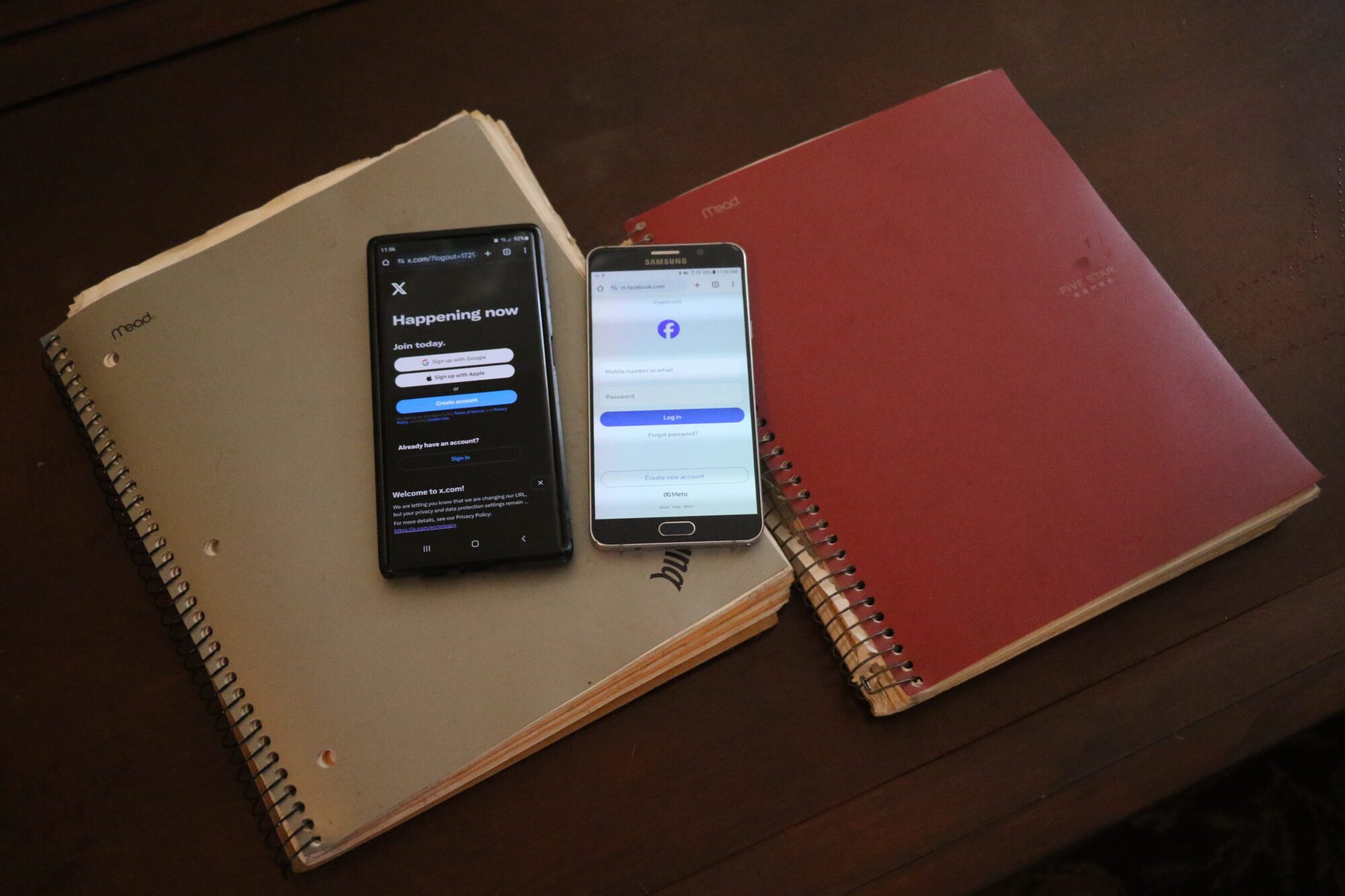
Cellphone use in classrooms is increasingly being cited by teachers as a leading distraction to instruction. (Photo by Jeremy Pittari | Magnolia Tribune)
- Support growing for more restrictions in schools as teachers cite student cellphone use as major distraction in classrooms.
Student cellphone use in schools and the results from a teacher survey led Thursday’s meeting of the Mississippi State Board of Education.
Cellphone concerns shared with MDE
During State Superintendent Dr. Lance Evans’ update to the Board, he spoke on a recent meeting with Lt. Governor Delbert Hosemann where the two discussed issues the Legislature could consider come January. Some of those issues include chronic absenteeism, teacher shortages, and cellphone use in Mississippi’s schools, a hot topic as of late.
“We’ll see some legislation, I feel like, from both sides as we move though this upcoming session,” Evans said.
As previously reported by Magnolia Tribune, at least 15 states have enacted laws that ban or restrict students’ use of cellphones in public schools, or at a minimum, recommend local school districts enact their own bans or restrictions, according to an Education Week analysis published in June.
READ MORE: States are restricting cellphones in schools, Mississippi could be next
At Thursday’s MDE meeting, student representative Kate Riddle, a senior at Lafayette High School, cited comments from Lt. Governor Hosemann on social media concerning potential student cellphone restrictions during the upcoming legislative session. After describing how the digital age is affecting young people, she offered her support for the Lt. Governor’s focus.
“Keeping phones out of the classroom is not merely about reducing distractions, it is essential for ensuring the success of our students in both the short term and long term,” Riddle stated. “A classroom free from the constant buzz of notifications and social media engagement allows students to immerse themselves in their studies, participate actively in discussions and collaborate effectively with their peers.”
A survey conducted by MDE for lawmakers recently showed that school districts across Mississippi had varying policies regarding cellphone use, with some districts allowing the use of cellphones during instruction times while others have far stricter provisions in place.
READ MORE: Majority of Mississippi school districts allow students access to cellphones. That could change
According to information collected as part of a Pew Research Center poll, 72 percent of teachers in high school settings across the nation cite student use of cellphones as a distraction. The same poll found that only 6 percent of elementary teachers were affected by cellphone use, but that number jumped to 33 percent for middle school teachers. Across the nation, 82 percent of teachers reported their district has some sort of cellphone policy, according to the Pew poll.
MDE Executive Director of the Office of Teaching and Leading Dr. Courtney Van Cleave noted that according to results from the Teacher Retention and Recruitment Survey, which has been administered to Mississippi educators since the 2021-2022 school year, cellphone use was cited as a leading factor impacting classroom instruction.
The results showed that 36 percent of the survey’s 6,903 respondents indicated student “personal devices” affected instruction time.
“Yet again, cellphones in the classroom rose to the surface, with those interruptions largely being attributed to student’s personal devices during instructional time,” Van Cleave described.
What teachers are saying about recruitment, security, pay
Other factors cited in the Teacher Retention and Recruitment Survey that affect classroom instruction included office announcements (14 percent), school assemblies/team events (12 percent), and messages to the classrooms or student checkouts (11 percent).
When teachers were asked which factors would increase teacher recruitment, 53 percent chose increased sick days and/or personal leave.
Other top responses included childcare programs for employee children (13 percent) and free or low-cost housing (12 percent).
The teacher survey also asked the state’s educators which factors were their top campus security concerns.
“Here, we admittedly thought social media might be a factor,” Van Cleave began. “But what did rise to the surface was campus security factors and student behavioral factors in terms of teacher perceptions.”
Campus security came out on top with 43 percent, with student behavior following close behind at 36 percent.
Van Cleave said that since “leadership” has remained the second biggest factor affecting teacher attrition, this year the survey asked what actions could increase teacher recruitment. Most respondents chose more trust and autonomy in their jobs as their response (32 percent) followed by better support with students and parents (27 percent).
Teachers were also asked about their compensation, of which 32 percent said there is a need for an increase due to the increased cost of living because of inflation.
Some strategies MDE has planned to address teachers’ concerns include administrator development and additional support for classroom educators, Van Cleave told the Board.
“We will be launching a new education leadership series for administrators focused on strengthening instruction, strengthening teams and strengthening schools,” Van Cleave added.

